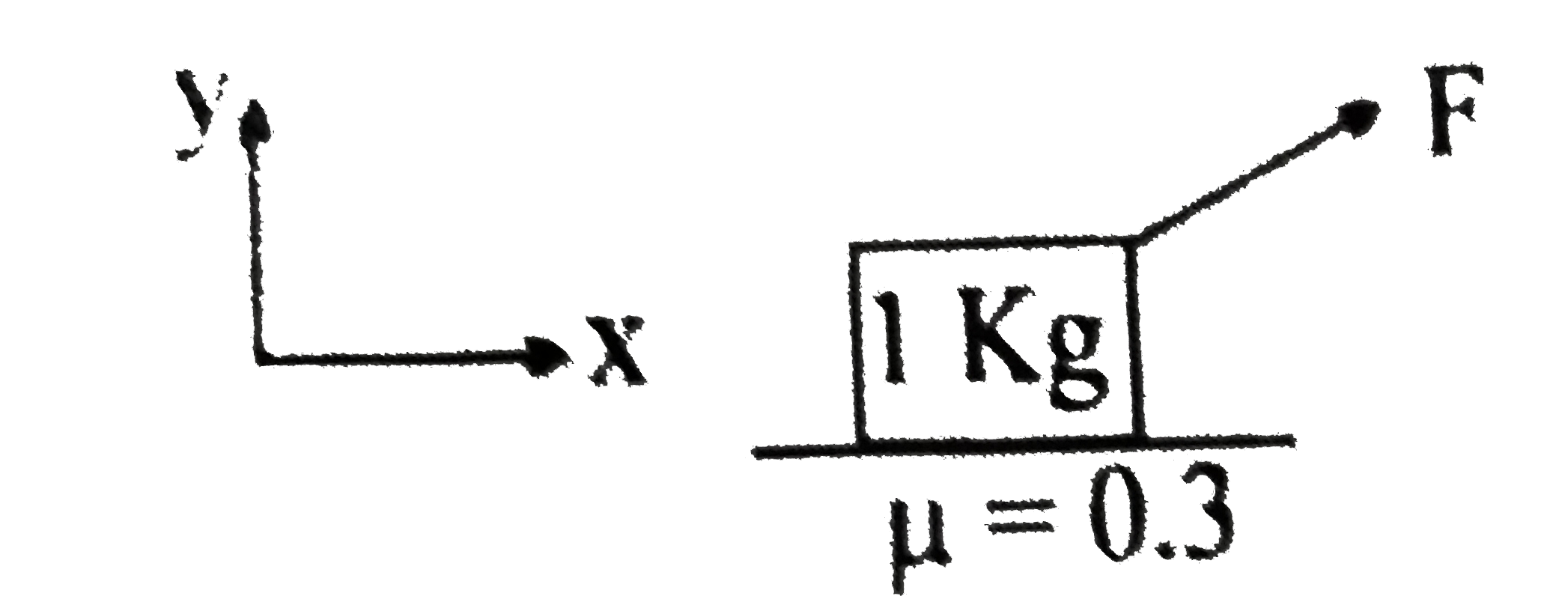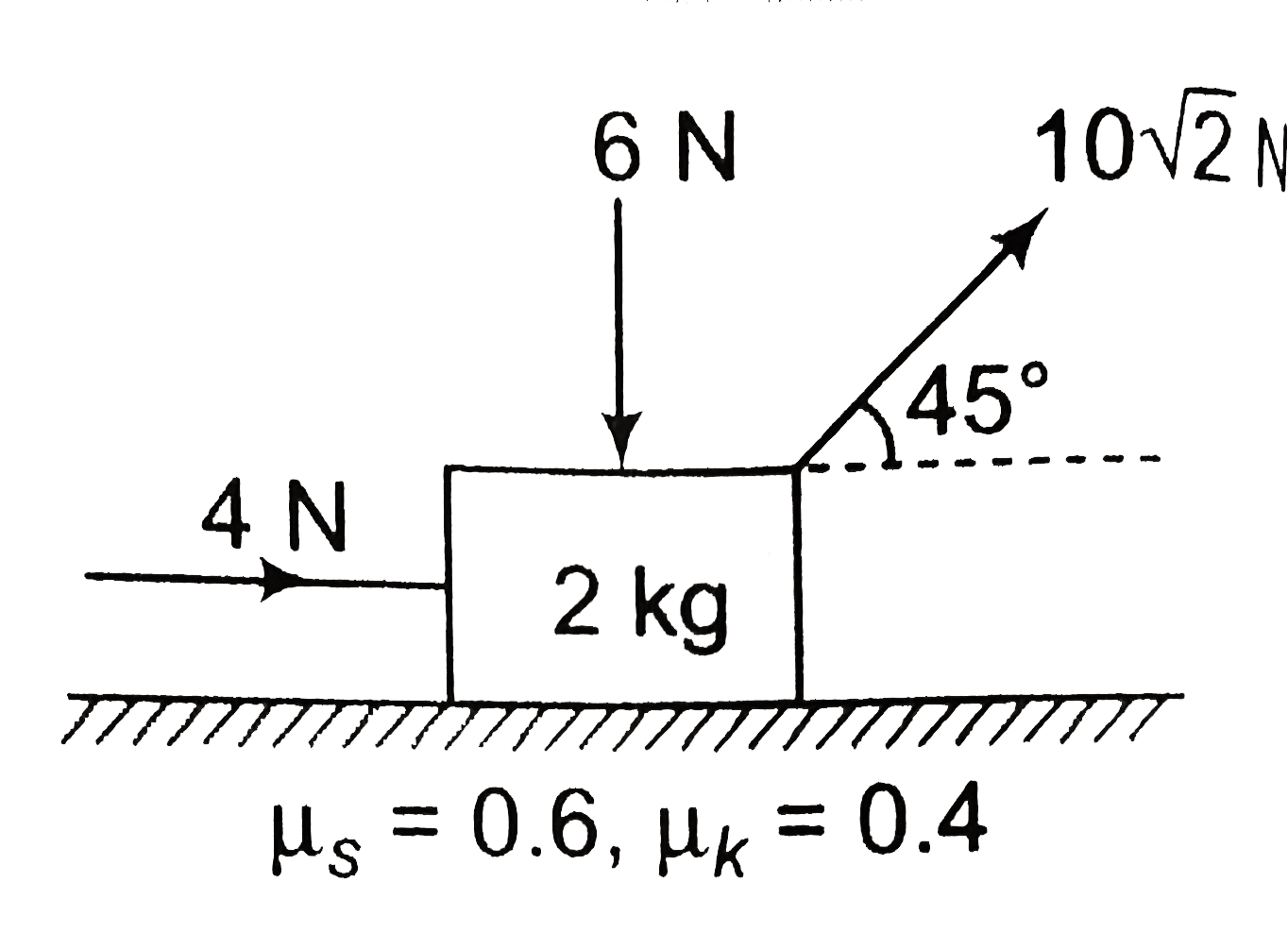The force of friction on a moving object always acts:
in the direction of motion
opposite to the direction of motion
in the direction of motion upwards
diagonally
Step-by-Step Solution:
1. Understanding Friction:
- Friction is a force that opposes the relative motion between two surfaces in contact.
2. Direction of Motion:
- When an object is moving, it has a specific direction of motion. For example, if you push a box to the right, the box is moving to the right.
3. Opposing Force:
- The force of friction acts in the opposite direction to the motion of the object. This means if the box is moving to the right, the frictional force will act to the left.
4. Conclusion:
- Therefore, the force of friction on a moving object always acts opposite to the direction of motion.
Final Answer: The force of friction on a moving object always acts opposite to the direction of motion.
---
- Friction is a force that opposes the relative motion between two surfaces in contact.
- When an object is moving, it has a specific direction of motion. For example, if you push a box to the right, the box is moving to the right.
- The force of friction acts in the opposite direction to the motion of the object. This means if the box is moving to the right, the frictional force will act to the left.
- Therefore, the force of friction on a moving object always acts opposite to the direction of motion.
Topper's Solved these Questions
Similar Questions
Knowledge Check
A force ¯¯¯F=ˆi+4ˆj acts on block shown. The force of friction acting on the block is :
 A−ˆiB−1.8ˆiC−2.4ˆiD−3ˆi
A−ˆiB−1.8ˆiC−2.4ˆiD−3ˆiNormal force always acts
Ain the vertically upward directionBin the vertically downward directionCperpendicular to the surface of contactDparallel to the surfaces of contactAssertion : The force of tension on a body always act away from the body.
Reason: Friction force always opposes the motion of a body.AIf both assertion & Reason are True & the Reason is a corrrect explanation of the Asserion.BIf both Assertion & Reason are True but Reason is not correct explanation of the Assertion.CIf Assertion is Trie but the Reason is False.DIf both Assertion & Reason are false
In which direction the force of friction acts? What if object does not move?
View SolutionIn the figure shown,
(a) find the force of friction acting on the block.
(b) state whether the block will move or not. If yes then with what acceleration?

View SolutionAssertion : Friction always opposes the motion.
Reason : Whenever one surface moves or tries to move over another surface, the force of friction starts acting on the surfaces.
View SolutionIn the question number 89, the force of friction acting on the cylinder is
View SolutionA force of 100N acts on a ball moving on a surface. The force of friction that must act between the surface of the ball and the surface so that the ball keeps on moving with constant velocity over the surface must be
View Solution
